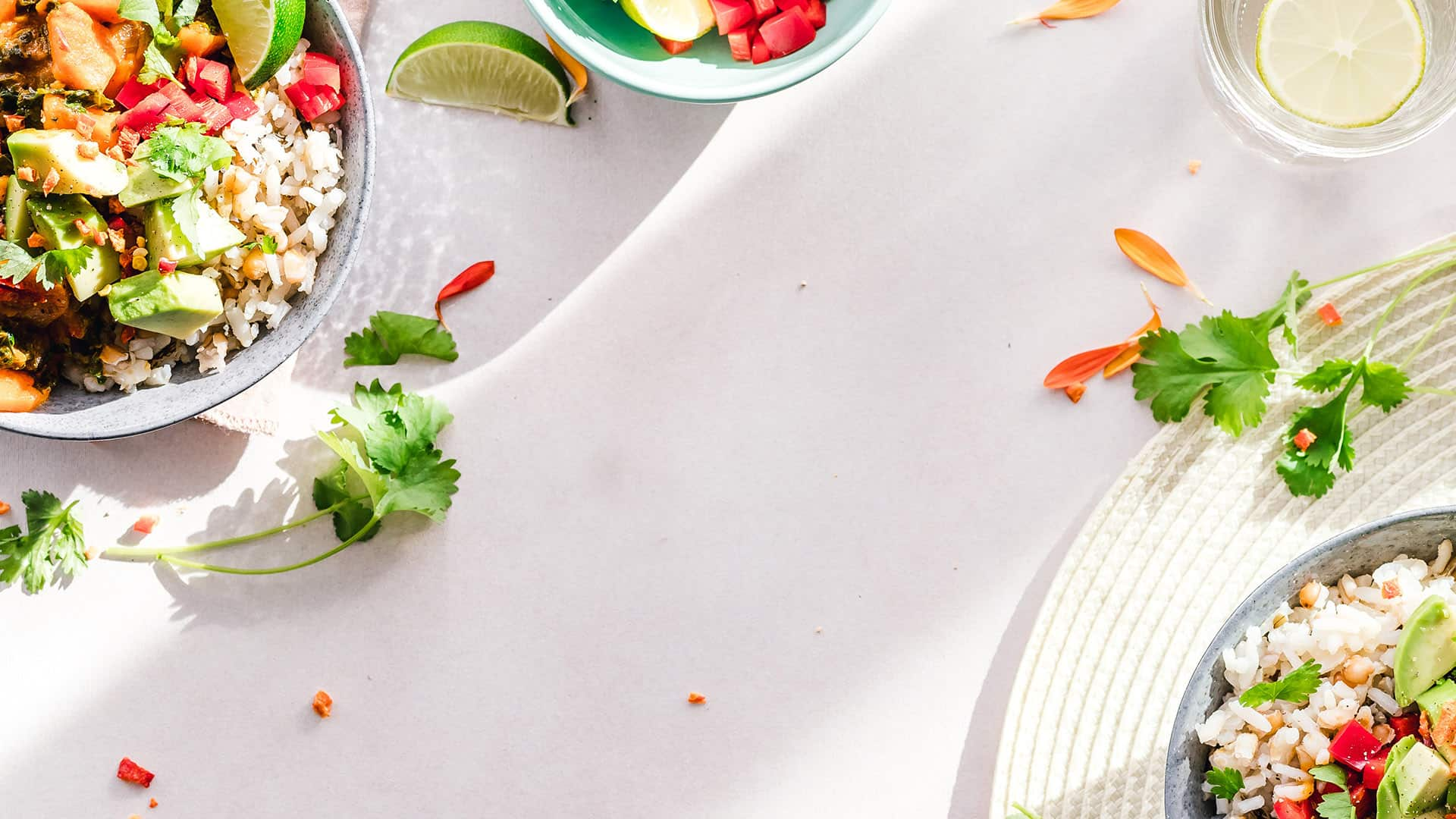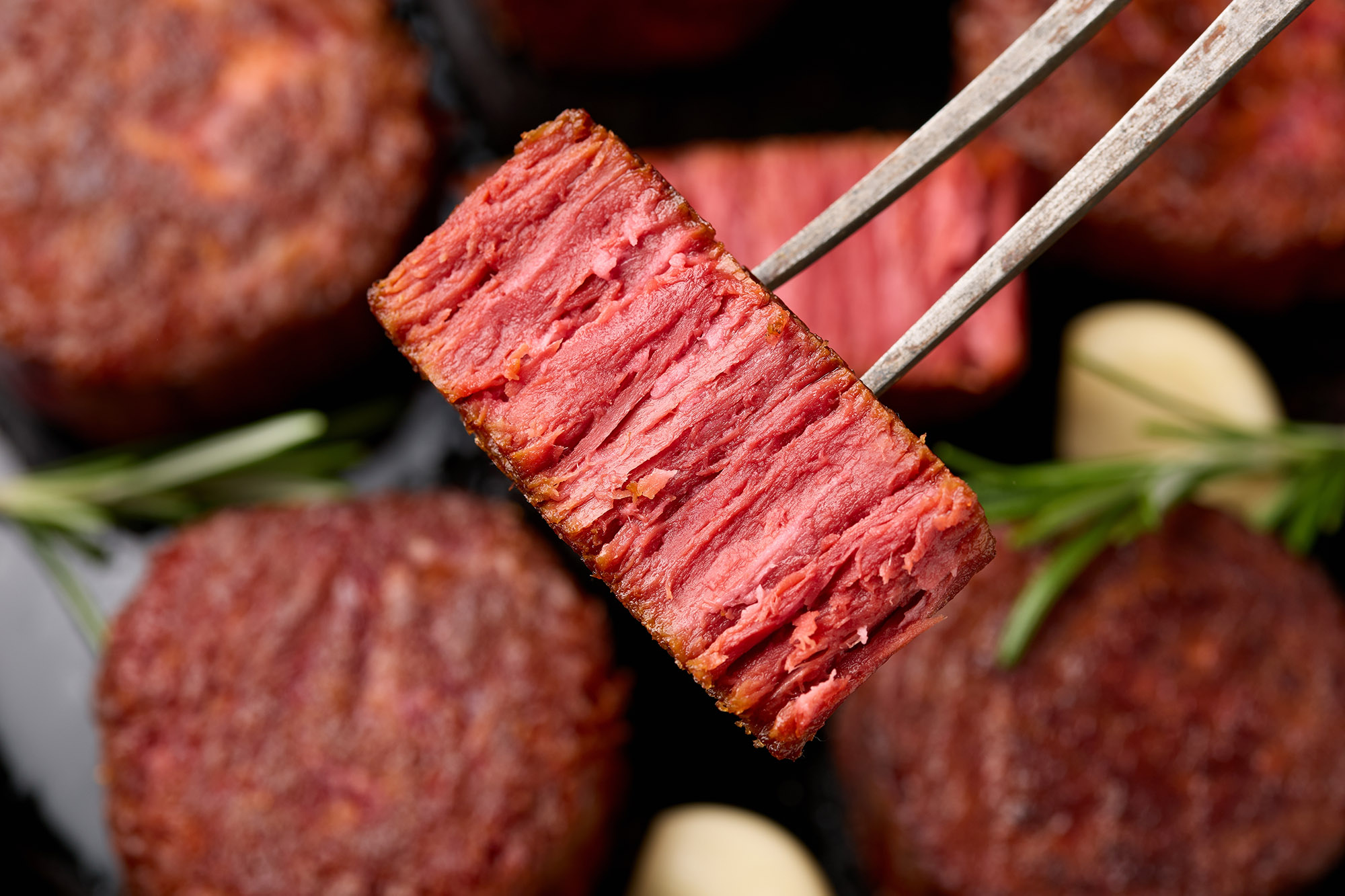

UMass Amherst researchers explore hybrid proteins as key to tastier, cheaper, and more sustainable foods
Researchers at the University of Massachusetts Amherst and Tufts University have outlined a roadmap for the next generation of protein-rich foods – hybrid products that combine different sources such as plants, fungi, insects, microbial fermentation, and cultivated animal cells. The goal is to create foods that are more affordable, nutritious, and sustainable than today’s meat alternatives.
In a paper published in Frontiers in Science, David Julian McClements, Distinguished Professor of Food Science at UMass Amherst, and David Kaplan, Distinguished Professor of Engineering and Biology at Tufts University, argue that blending multiple protein sources could overcome the limitations of any one ingredient and bring plant-based and cultivated products closer to parity with conventional meat.
“It’s possible to create tasty, nutritious, and sustainable alternatives to animal products,” McClements said. “No single alternative protein source is perfect, but hybrid products give us the opportunity to overcome those hurdles, creating products that are more than the sum of their parts.”
Kaplan added, “Hybrid foods could give us delicious taste and texture without breaking the bank or the planet.”
The researchers said there is an urgent need for affordable, healthy alternatives to industrially produced meat to reduce the environmental footprint of food production, minimize the risk of zoonotic disease, and lower antibiotic use.
Their analysis compared the strengths and weaknesses of five key protein categories: plant-based proteins such as soy, mycelium derived from fungi, insect proteins, microbial fermentation-derived ingredients, and cultivated meat grown from animal cells. Each source, they noted, offers unique advantages — and combining them could deliver better results across nutrition, functionality, and sustainability.
Plant proteins are abundant, inexpensive, and scalable but often lack the complex flavor and fibrous texture of meat. Mycelium can help fill that gap by contributing structure and chewiness, while cultivated meat provides authentic sensory and nutritional properties. Microbial fermentation can add pigments, enzymes, and flavors, while insect proteins deliver dense nutrition with a small environmental footprint.
To address consumer hesitation around eating insects, the researchers pointed to emerging products that use insect flour or paste rather than whole insects. These are already appearing in protein bars, snacks, and hybrid meat products like burgers and sausages.
The paper also highlighted how these combinations could evolve over time. In the near term, plant–mycelium hybrids appear most viable due to their scalability and proven commercial applications. Longer term, plant–cultivated meat hybrids could offer the best balance of flavor, texture, and nutrition, particularly as cultivated meat costs decline and production capacity expands.
McClements and Kaplan reviewed data showing that even modest substitutions can make a difference. Replacing part of the meat content in burgers or sausages with plant protein does not necessarily reduce consumer acceptance, while adding small amounts of cultivated cells or mycelium can improve juiciness, texture, and protein content.
“Hybrid foods can take the best of each ingredient – the structure of fungi, the nutrition of insects, the sensory appeal of cultivated meat, and the accessibility of plants,” McClements said. “That combination could make sustainable eating both realistic and enjoyable.”
Both researchers emphasized that hybrid protein foods could play a central role in transforming the food system. By leveraging multiple sources, they said, it becomes possible to design products that are healthier for consumers and less resource-intensive to produce.
“There is an urgent need to transform the modern food system to improve the health of us and our planet,” McClements said. “Hybrid foods offer the potential to achieve this critical goal.”
If you have any questions or would like to get in touch with us, please email info@futureofproteinproduction.com






